Palazzo Palace: Introducing Italy’s Best Unique Hotels
Would you like to stay in a palazzo, villa, or castle? Some of Italy’s most luxurious hotels are opening in these historic venues after major restoration projects
Would you like to stay in a palazzo, villa, or castle? Some of Italy’s most luxurious hotels are opening in these historic venues after major restoration projects
Diverse landscape and a cultural identity seen through art, gastronomy, and wine bring travelers to Italy from every corner of the world. Woven through each cultural characteristic defining this nation is a wealth of heritage. Some of Italy’s most lavish and unique hotels are welcoming guests to stay in some of the country’s newly transformed heritage sites, from castle to palazzo.
We very much wanted to restore and not renovate the castle—its history needed to live on through the design. The beauty of the design is in the original details like its ceiling frescos—Steve Riseley, Castle Elvira
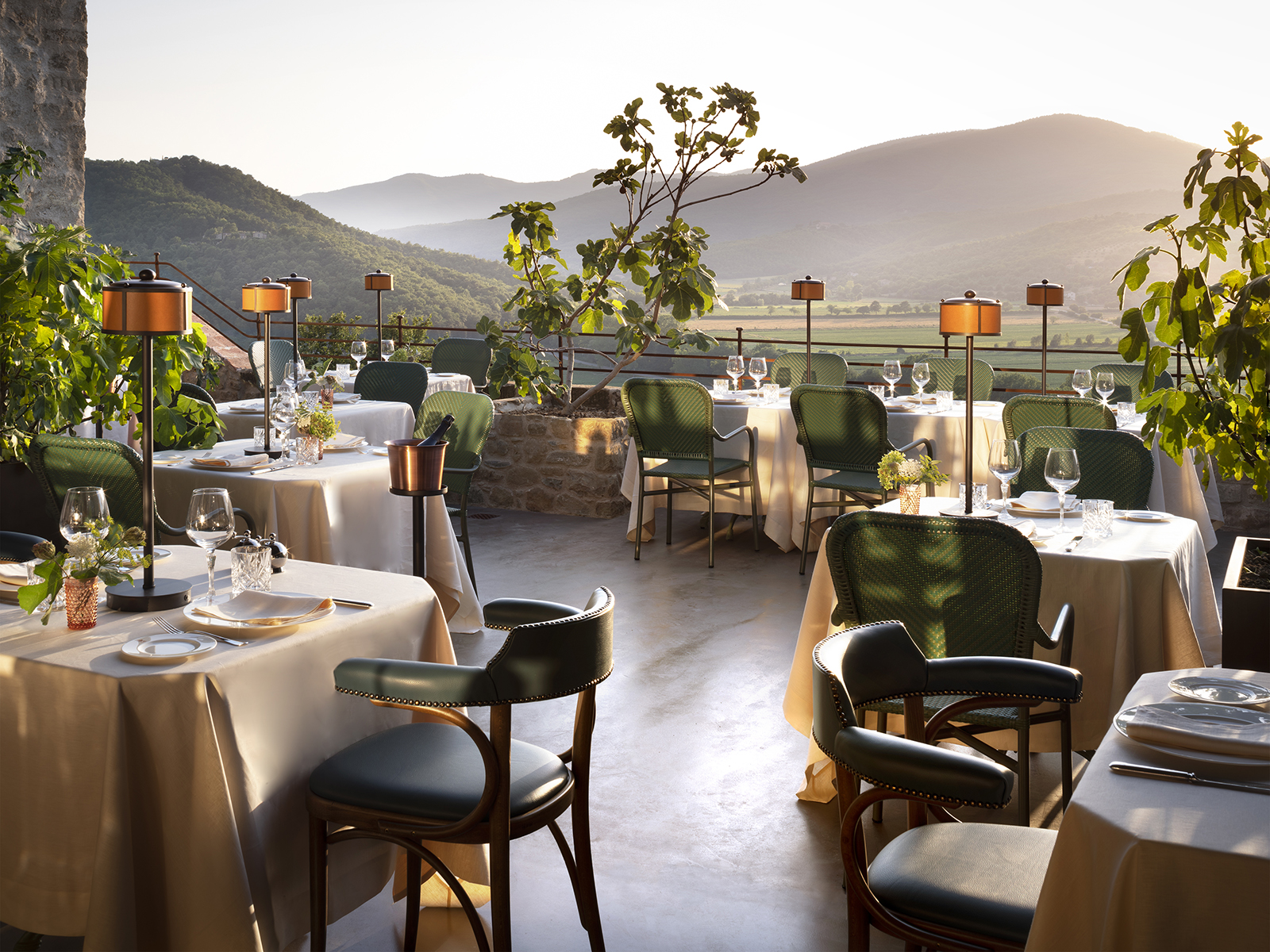
Among the latest hotels to have taken over a heritage-rich setting is Castello di Reschio in Italy’s Umbrian hills, which opened in 2021. This 3,700-acre (1,497 ha) estate encompassing a castle dating back to 1050 was bought by Count Antonio Bolza in its entirety in the early 90’s with the goal of bringing the forgotten site back to life. The Count and his architect son, Benedikt Bolza, went on to restore several of the estate’s buildings, turning each one into a private home. They also opened Ristorante Alle Scuderie and an equestrian school and stud farm.
Castello di Reschio has been the most ambitious stage of this ongoing project—it opened in 2021 as a 36-bedroom hotel with farm-to-table restaurant and subterranean spa. Each room pairs the character of the property with contemporary design features. Six suites occupy the former vestry and a two-bedroom suite takes over a tower built in 900AD.
You can now enjoy a negroni amid the tropical flora of the opulent Palm Court and, in winter, sit by the fire of the Palm Court Bar. You can browse the curated collection of books in the library and unwind in the castle’s former kitchen turned sumptuous lounge. Ristorante Al Castello provides indoor-outdoor dining space with views over the hills and the Bathhouse spa now occupies the ancient wine cellars and offers a range of treatments.
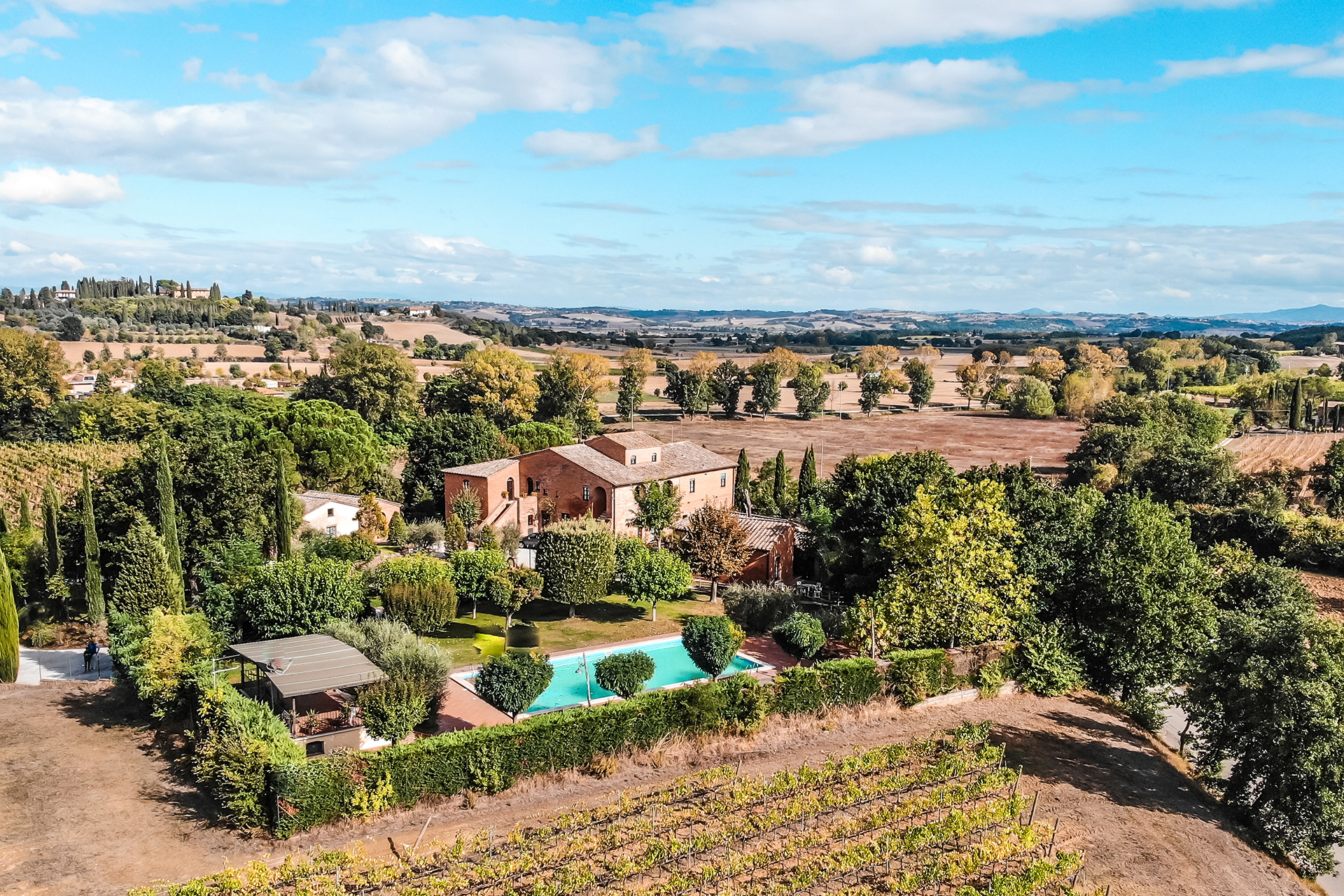
Over the Umbrian border in Tuscany, Borgo San Vincenzo made its debut last August following the transformation of an 18th-century farmhouse, named for the patron saint of winemaking, in Montepulciano.
“Borgo San Vincenzo was born out of a love for hospitality, wine tourism, and the desire to offer travelers the opportunity to connect with the people and moments that make Tuscany an exceptional destination,” said Shannon Kircher, co-founder and director, Borgo San Vincenzo. “The hotel celebrates Tuscany’s historic wine scene, culinary excellence and culture, and offers a place to connect authentically with this storied destination.”
Within this 1780-built site, now reimagined as a luxury boutique hotel, a fresh take on traditional Tuscan design is seen through the estate’s main house and four neighboring buildings that are home to 21 guest rooms, The Flying Monk Bar, the Winemakers’ Bar, a library, and a pool deck. Heightening guests’ connection to the locale, the property strives to celebrate local producers through winery visits and culinary experiences including cooking classes.
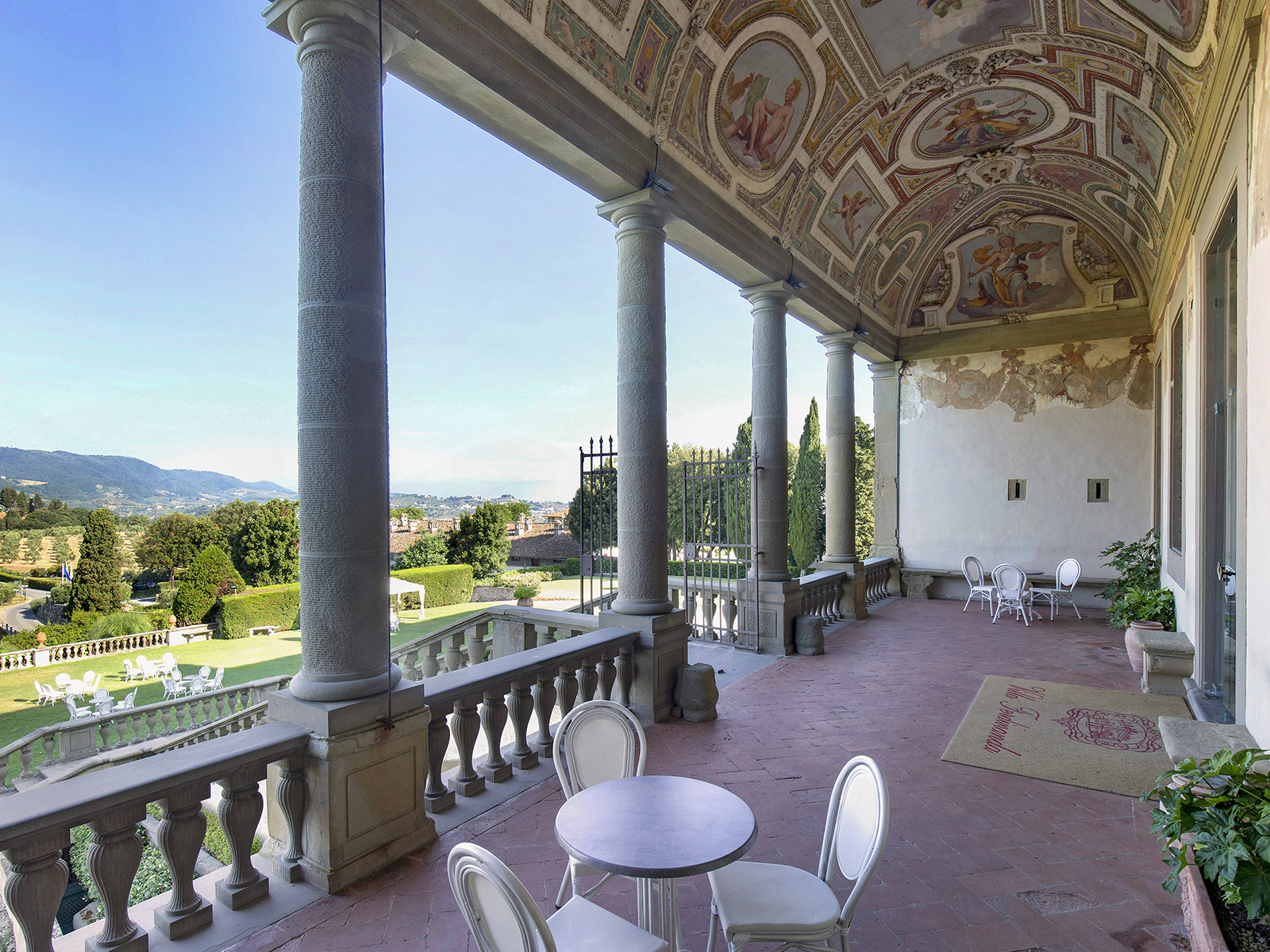
In this same region, Tenuta di Artimino, which opened in spring 2022, now occupies a 17th-century Renaissance building within the medieval Tuscan village of Artimino, among the hills and vineyards of Montalbano. This historic property is part of a UNESCO World Heritage Site also encompassing Villa La Ferdinanda, known as the Villa of the One Hundred Chimneys, which you can explore while staying at the property. The hotel is designed to reflect its historically significant location.
“Every hamlet or castle has a story to tell and Artimino is one of these,” said Annabella Pascale, owner of Tenuta di Artimino, a Meliá Collection hotel. “Our villa is the last one built by the renowned Medici family and this location is where the Cabernet Sauvignon grape first arrived in Tuscany from France—an important grape that nowadays we use to make our Carmignano DOCG red wine.”
The property combines original architectural features, such as sweeping arches, with light, bright decor and modern furnishings. During their stay, guests can take vineyard and village tours, picnic in the gardens, and join a cooking class or wine-tasting session, while also making the most of the estate’s trekking routes, bike paths, and two swimming pools.
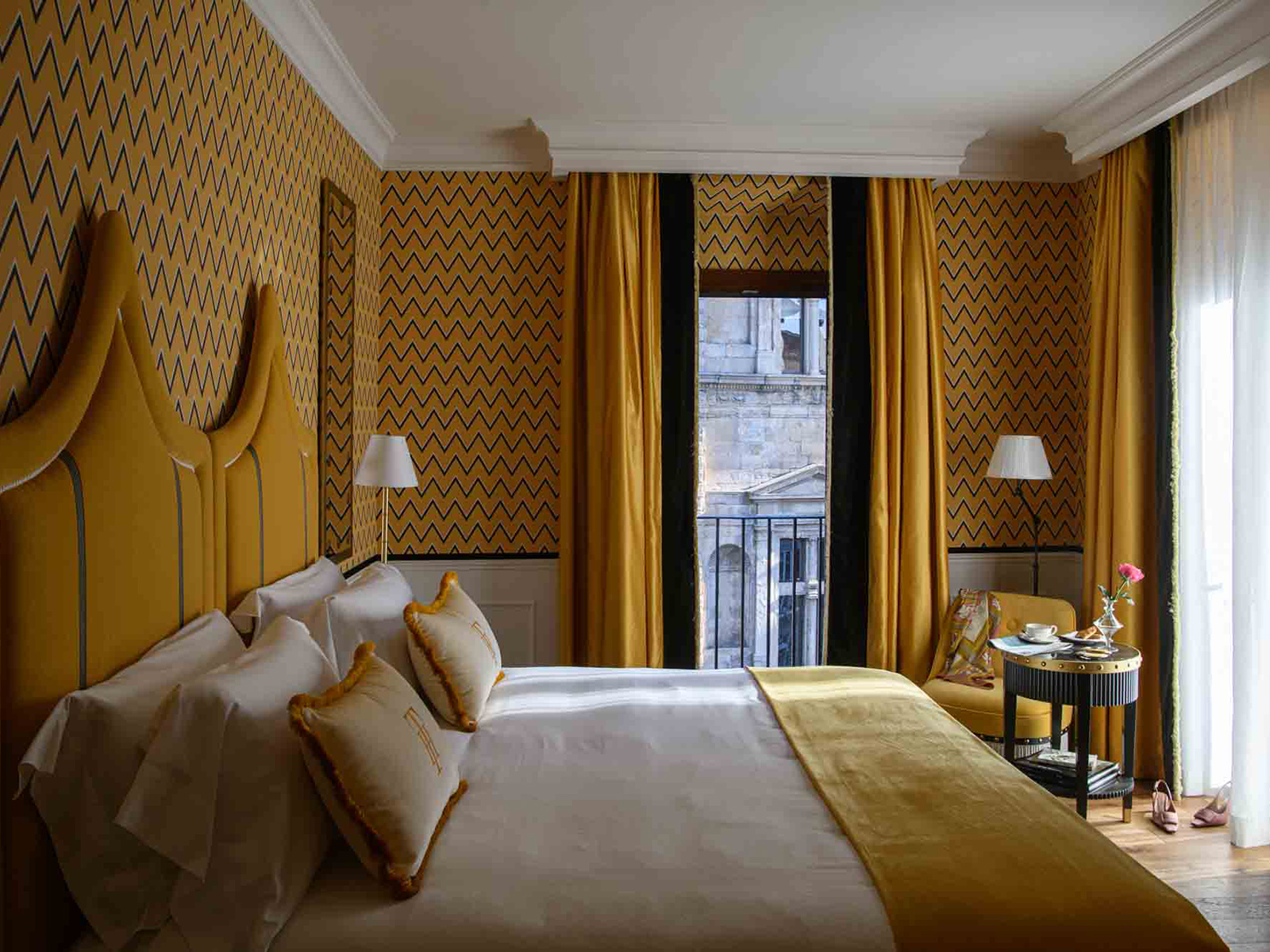
Just a short distance away in Florence, it’s also worth checking into the end-of-2021-opened Il Tornabuoni, a new addition to The Unbound Collection by Hyatt that opened at the end of 2021 and takes over the city’s 12th-century Palazzo Minerbetti. The restored palazzo still reflects its Florentine heritage through opulent interiors that blend historic references with modern style. Each of the five floors of the palazzo has a distinct color scheme referring to the Renaissance period. The wallpaper was custom designed and luxurious fabrics such as silk and velvet were used for the furnishings.
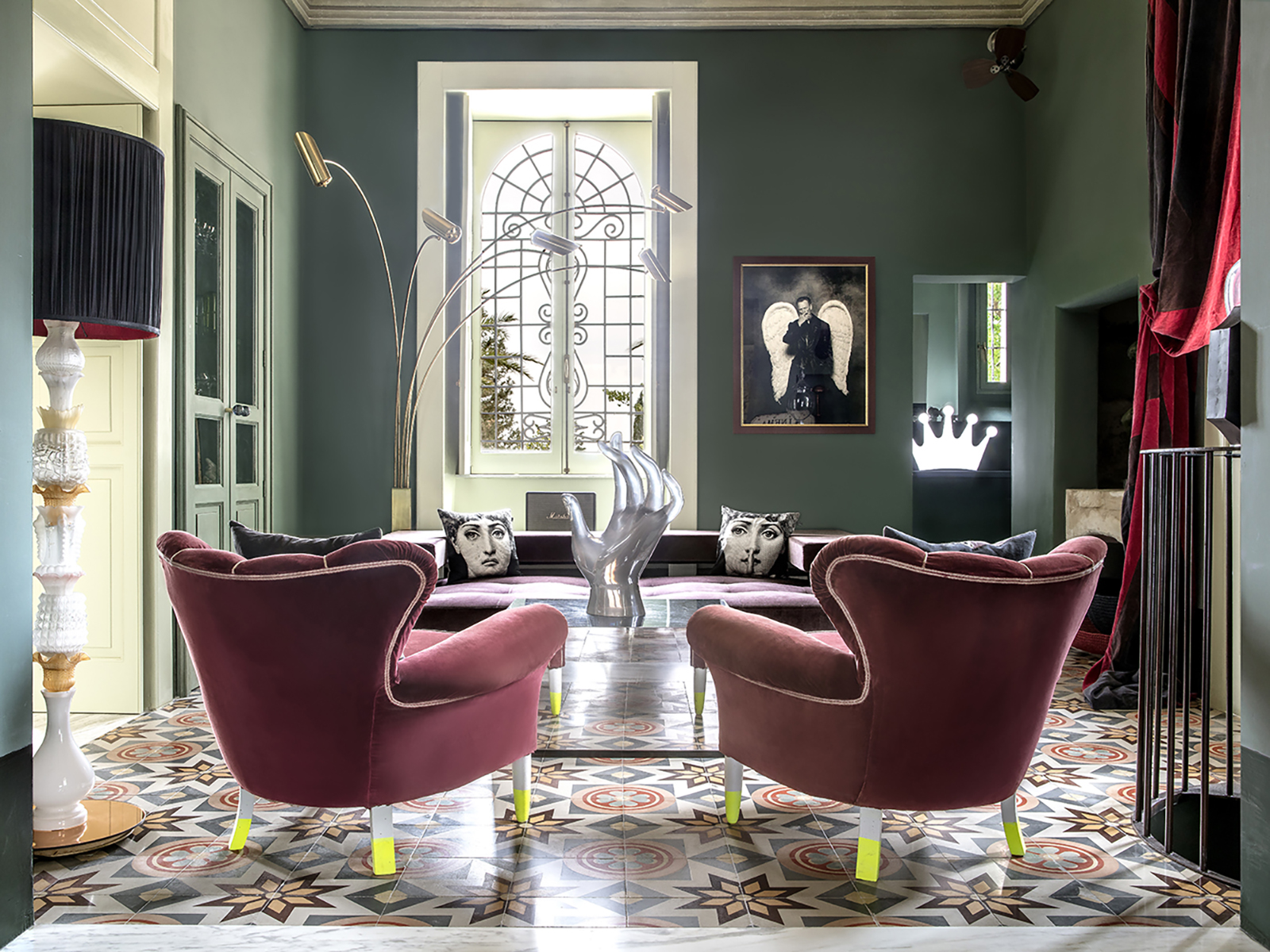
Travelling south to Puglia brings you to Castle Elvira, which opened as a hotel-residence last spring following a three-year restoration of the late 1800s site. A team of architects and specialist artisans worked to retain the authenticity of the building while introducing new elements, including state-of-the-art technology. The castle and castle cottage now feature six en suite bedrooms along with dining rooms, lounges, a piano room, bar, and movie theater, as well as 230-foot swimming pool (70 m) and a 12-person Jacuzzi.
“When we arrived at the castle, we literally had to cut down overgrown plants and break down walls to get in, but despite the ruin and overgrown garden we instantly felt the magic and could see the hidden beauty of the castle,” said Steven Riseley, owner of Castle Elvira. “We very much wanted to restore and not renovate the castle—its history needed to live on through the design. The beauty of the design is in the original details like its ceiling frescos. Art is hugely important to us so the castle will be an ever-evolving gallery.”
These unique properties were joined by more luxury hotels with the transformation of landmarks across the country, starting last fall, with the debut of Six Senses Rome, which welcomes guests to a palazzo on Piazza San Marcello.
Banner image: Hotel Castello di Reschio, Umbria